Amid the peak of the COVID-19 pandemic, Apple became the world’s first 1.5 trillion dollar public company. This came just 2 years after hitting the 1 trillion dollar mark in 2018. More recently, as of mid August 2020, the brand broke its own record yet again with a whopping 2 trillion dollar valuation.
Apple needs no introduction. The multinational technology company is a household name whether or not we own an Apple product. The company has enjoyed consistent revenue growth from 2004 to 2019. In fact, till this day Apple remains one of the market leaders in the smartphone industry.
But Apple’s success doesn’t just extend to making a lot of money or selling a lot of products. It has also completely changed the game, keeping their competitors on their toes and transformed their industry as a whole.
It’s safe to say that because of my unique professional experiences, I’ve tested out a lot of headphones.
John Williams
A perfect fit.
Once I gave the headphones a thorough once-over exam, I tried them on. As I mentioned, they have a classic over-the-ear style and just looking at them, the padding on the ear pieces seem adequate and the peak of the headband seemed to be a bit lacking, but you don’t really know comfort unless you try on the product. So, I slipped the headphones on and found them to be exquisitely comfortable. In order to test how voices sounded, and the overall art of sound mixing, I pulled up Netflix on my iPad Air 2 and watched a few minutes of a movie to hear all the nuances of the film. None of them were lost. In fact, I ended up hearing sounds that I hadn’t heard before. Echoes…birds chirping…wind blowing through trees…breathing of the characters…it was very impressive what the headphones ended up bringing out for me.
Amid the peak of the COVID-19 pandemic, Apple became the world’s first 1.5 trillion dollar public company. This came just 2 years after hitting the 1 trillion dollar mark in 2018. More recently, as of mid August 2020, the brand broke its own record yet again with a whopping 2 trillion dollar valuation.
Apple needs no introduction. The multinational technology company is a household name whether or not we own an Apple product. The company has enjoyed consistent revenue growth from 2004 to 2019. In fact, till this day Apple remains one of the market leaders in the smartphone industry.
But Apple’s success doesn’t just extend to making a lot of money or selling a lot of products. It has also completely changed the game, keeping their competitors on their toes and transformed their industry as a whole.
A Brief History of Apple
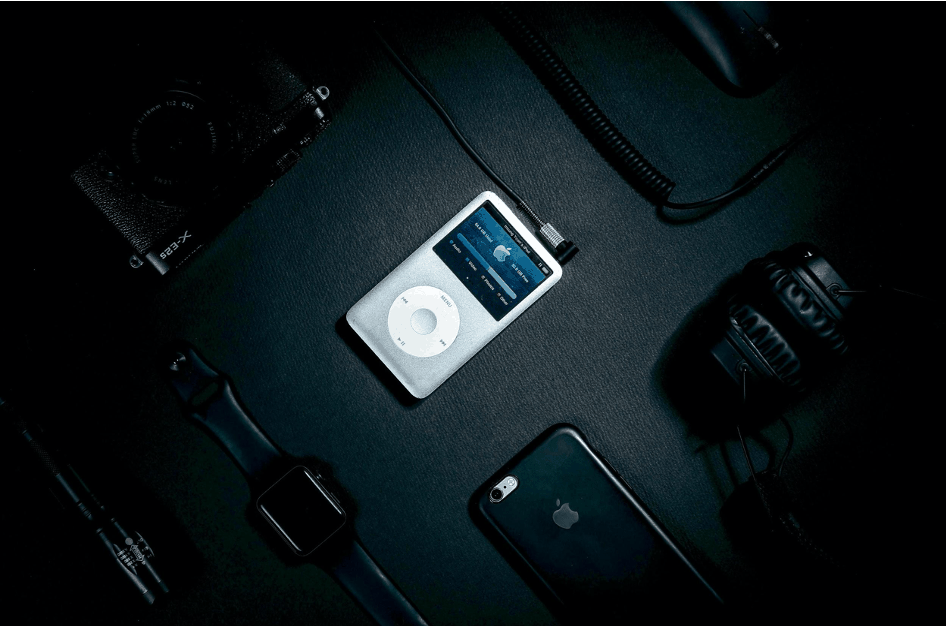
When Apple first went public in 1980, it was worth 100 million USD under the leadership of Steve Jobs, who briefly left the company 5 years later. When he rejoined in 1997, he faced the task of restructuring an organisation that was on the brink of bankruptcy. His first order of business was the decision to drop costly projects and streamline the company’s focus—releasing the iMac one year later. The product sold nearly 800,000 units in the first few months, signalling a major turning point for the company.
Riding on this success, the company decided to branch out from just selling computers. This is what really propelled the company into the 21st century.
The invention of disruptive products such as the iPod in 2001 and the iPhone in 2007, allowed them to become cultural landmarks as well as pushed technological boundaries at the time. Since the launch of the iPhone, there have been 18 different iterations and generated more than 1.2bn in revenue, accounting for 60% of the company’s annual sales.
Despite all this, what has kept the company relevant throughout the ever-evolving landscape of technological advancements and constant changes to consumer behaviour?
Diving Into Apple’s Recipe For Success
1. Dare to Be Different
What has allowed Apple to thrive is their focus on innovation and their constant search for new opportunities.
Seeing an opportunity to target music fans who wanted affordable music but didn’t want to buy expensive CDs, the iTunes Music Store was launched in 2003 and soon became the top music retailer, according to Rolling Stone. In its first week, iTunes sold one million downloads and became not only the top online music retailer but also beat Walmart and Best Buy as the top music retailers.
Similarly, Jobs founded the App Store in 2008, which brought in hundreds of developers who were eager to find a platform to easily showcase and share their creations. Before that, nothing like the App Store had existed before. Seeking opportunities to expand and coming up with innovative ways to address consumer pain points is what constantly keeps Apple at the front of the race and allows them to dominate the market whenever they release a new product.
2. Creating a Fan Base
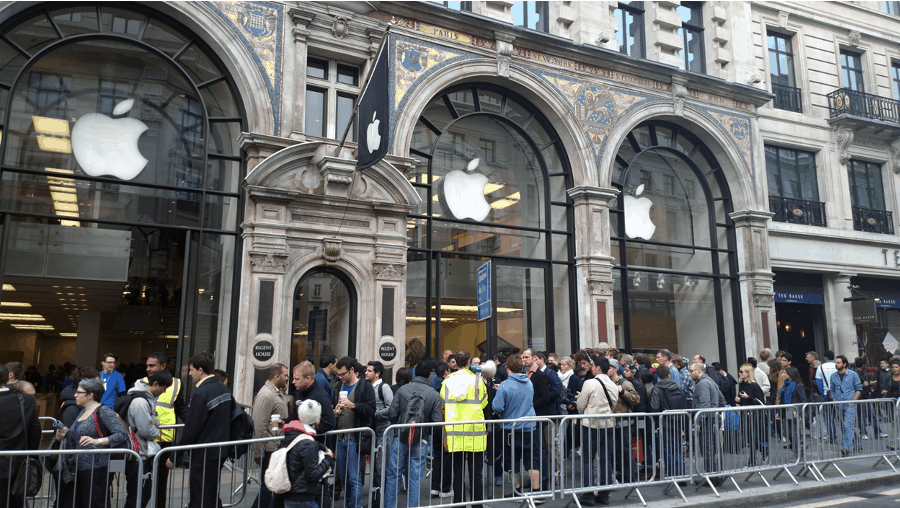
How often do we see news about queues forming outside Apple stores the day before the release of a new product? Apple has managed to successfully build a devoted consumer base of fans who are willing to stand in line for hours on end, just to get the first iteration of any new product the minute it’s released. Apple does what it does so well that there are whole websites devoted to nothing but reviewing and discussing Apple products. But how has Apple managed to do this?
Firstly, Apple has adopted an Us vs. Them stance. In all of Apple’s marketing strategies, it makes consumers want to belong to the Apple community. The air of exclusivity that Apple employs when promoting new product releases and the meticulous attention to the design of its products, has enabled Apple to be associated with luxury in the eyes of consumers. And that is what many of its consumers are willing to pay more for: a symbol of status that is driven by status, not practicality.
Apple also adds on to this sense of community by putting their customers at the heart of everything they do.

An example of this was their ‘Shot On iPhone’ campaign (Image: @justphotons on Instagram). Not only did the campaign showcase the versatility of the iPhone’s camera, but it featured front-and-centre videos shot by real people. The wealth of content that came from different countries also highlighted the global community of iPhone photographers that participated.
This global campaign offered consumers the chance to be part of something huge! In fact, the first instalment of the campaign was viewed at least 6.5 billion different times, showing how a campaign could perfectly marry human emotions with real product benefits. Showing how Apple products fit into people’s everyday lives also reinforced the brand pillars of Apple and further solidified an emotional connection with their audience.
3. Creating An Unforgettable Customer Experience
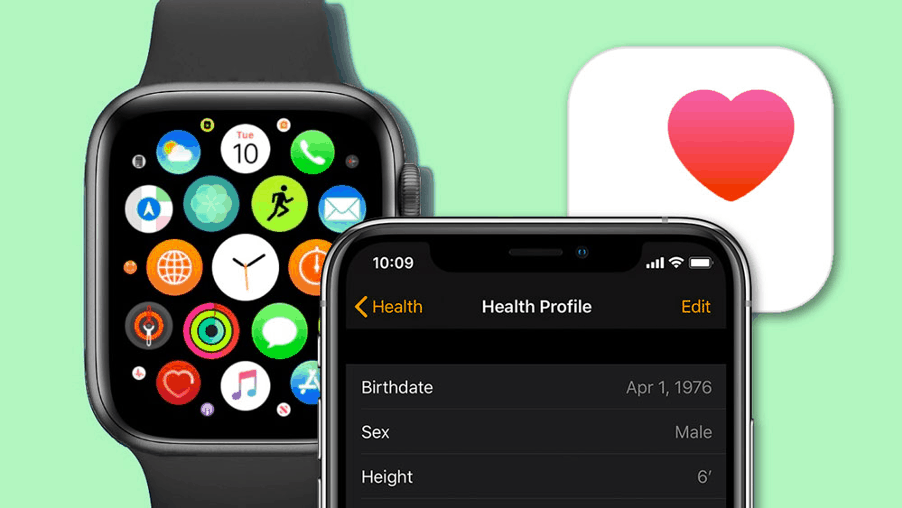
Another one of Apple’s brand pillars has always been customer experience.
Each customer touchpoint—from their products to their website, ads, app store and retail stores—encompasses a consistent Apple feel and contributes to the overall experience!
Over the past 10 years, Apple has made it their mission to incorporate their brand and products into their consumer’s daily lives. This branches out from the basic functions of the iPhone and extends to making purchases with Apple Pay, to tracking your health with Apple Watch or controlling your home appliances with Homekit. These experiences come together and are packaged in an accessible ecosystem of complementary products that make a consumer’s life easier. This allows Apple to infiltrate and gain access to every aspect of their consumer’s life.
Additionally, Apple has enabled this infrastructure to connect in a seamless and secure fashion, two qualities that are highly valued by consumers nowadays. This includes Apple Pay’s secure payments or biometric facial recognition on the iPhone X.

The most tangible example of Apple’s customer experience is in-store. Apple has created a unique customer experience from the futuristic minimalism of their stores to the way their staff interact with consumers. When opening the first Apple store, instead of pitting themselves against their direct competitors, Apple decided to benchmark itself against the hospitality industry. This led to the creation of the Apple Genius Bar – knowledgeable, empathetic employees who attend to a customer and their every need!
Being trained to follow just 5 steps is the Apple way to keep consumers coming back for more and encourage sales.
A: Approach customers with a personalized, warm welcome
P: Probe politely to understand the customer’s needs
P: Present a solution for the customer to take home today
L: Listen for and resolve issues or concerns
E: End with a fond farewell and an invitation to return
4. Simplicity Is The Ultimate Sophistication
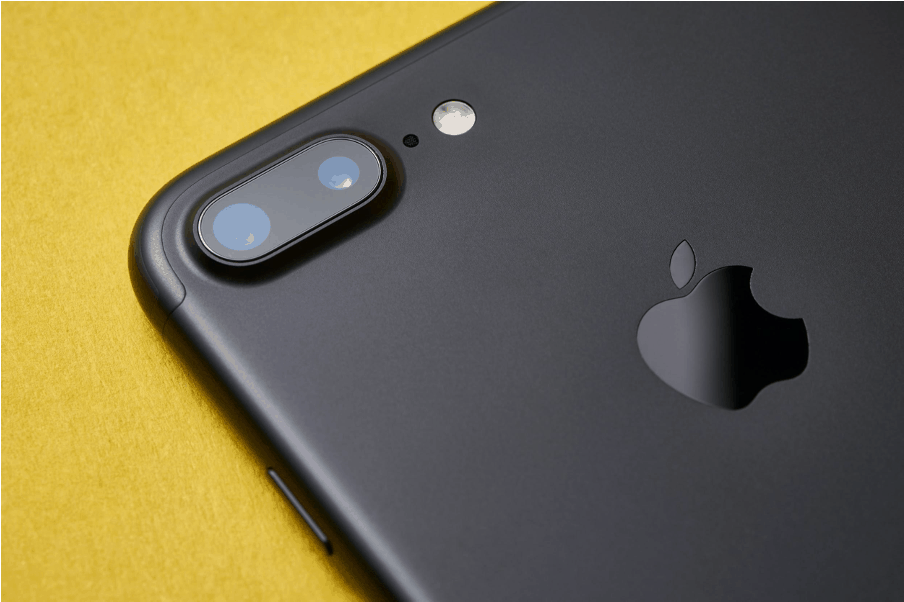
With the clutter of the real world catching up to consumers, Apple has mastered the art of minimalism. From their product designs to their user interfaces, brand logo and even advertisements, their products have simple, clean lines, with even simpler self-explanatory names.
The reason behind keeping things simple is deliberate—increase the usability of products and allow them to be easily adopted by non-experts. As Steve Jobs said, “The way we’re running the company, the product design, the advertising, it all comes down to this: Let’s make it simple. Really simple.”
Apple focuses not only on the simplicity of their user interface, but also to the level of detail in their designs. This makes their products more enjoyable to use. Even their Apple Support function carries forward this benchmark of simplicity and is equally seamless, providing targeted software help to consumers in seconds.
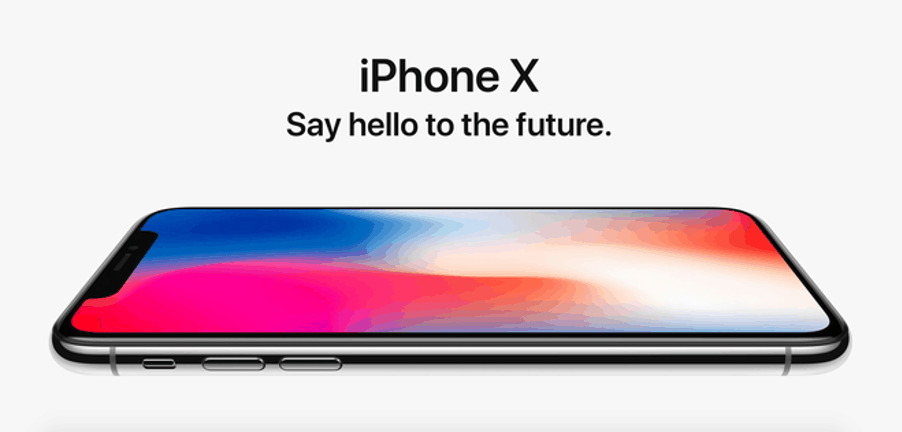
Lastly, Apple also shows this through their advertising. A typical Apple advertisement features only the product name and a clean picture of the product—no technical specs, pricing or expensive special effects. This is how simplicity has become synonymous with Apple.
Change The World
Apple has revolutionised the way brands are expected to function in a modern setting. Their dedication to detail and continuously enhancing the customer experience will allow them to keep growing. However, it has competition close on its heels. Competitive threats to the business come in the form of the rest of the Big Tech companies—Google, Amazon, Microsoft and Samsung.
When wondering how to dominate your particular industry like Apple managed to do or even achieve success, one of the fastest ways is to model those who’ve successfully achieved that same goal before. Apple is a role model for any modern brand that wants to create a raving fan base who will advocate for your brand, as well as redefine the landscape for what your industry can achieve.
However, brands shouldn’t strive for mimicry. Rather, distill what makes a brand successful and find creative ways to do the same thing with your brand while keeping with your own brand’s image and style. Analysing your competitors can also tell you what they’re doing right and what you can learn from and implement in your own strategy.
As Steve Jobs once said, “The people who are crazy enough to think they can change the world are the ones who do.” If there’s one thing you can definitely learn from Apple is that you should dare to be different.
— —
Hero image: Hussam Abd, Unsplash
Related Posts
2 Comments
Comments are closed.




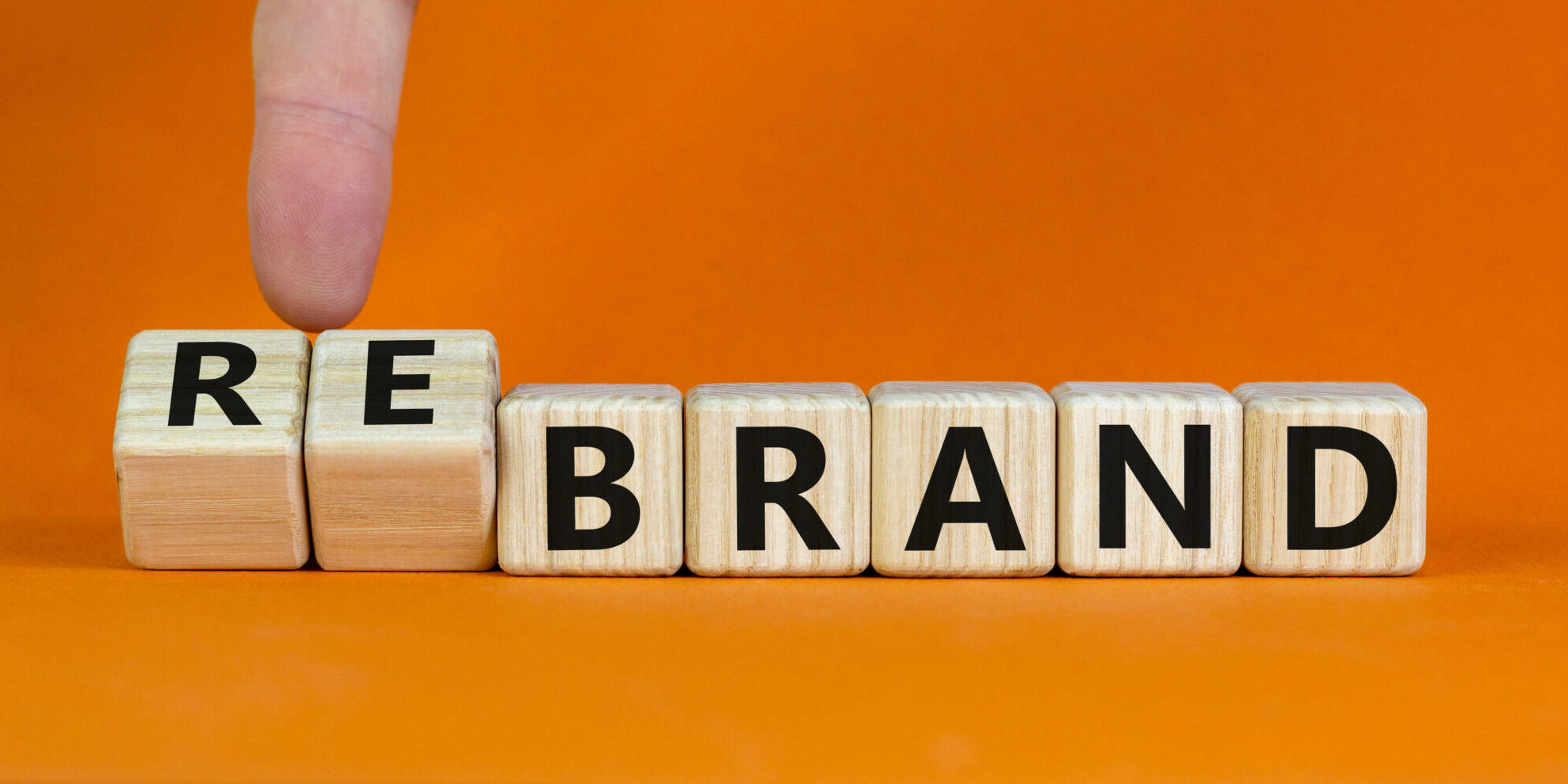


It’s actually a great and useful piece of info. I am glad that you
shared this helpful information with us.
Please keep us up to date like this. Thank you for sharing.
Appreciation to my father who informed me regarding this blog, this
web site is genuinely remarkable.